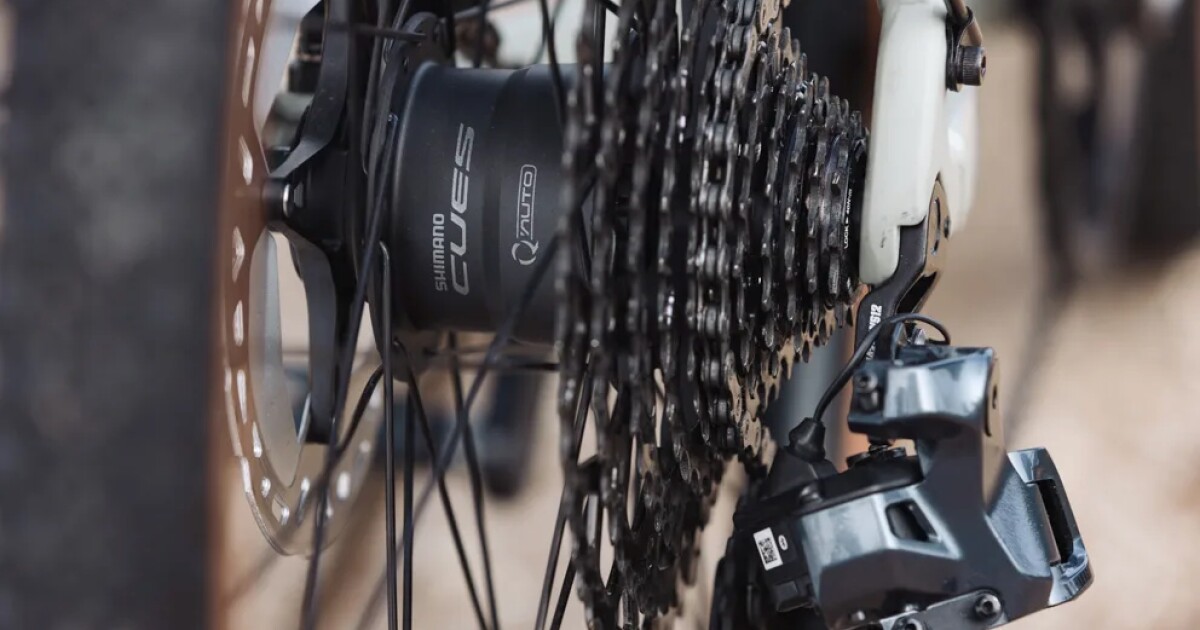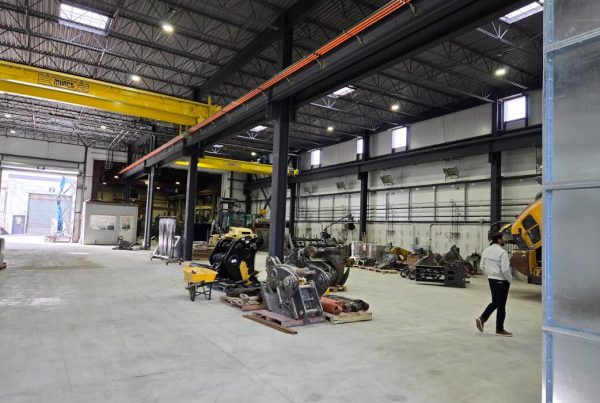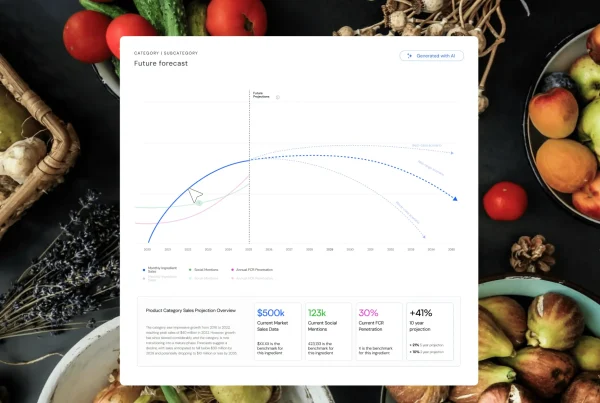While automatic gear-shifting for bikes isn’t unheard of, such setups typically require batteries that have to be frequently recharged. This is not the case with Shimano’s new Q’Auto system, however, as it draws on the rider’s own pedaling power.
Designed mainly for urban, trekking and gravel bikes – both regular and electric – Q’Auto consists of three parts: a modified Shimano Cues rear freehub, a linked Cues wireless rear derailleur, and a handlebar-mounted Shimano Di2 wireless shifter.
As the rider pedals, the rotational motion of the rear wheel spins up a dynamo in the freehub. That dynamo in turn charges a lithium-ion capacitor, which powers the derailleur’s gear-shifting actuator. The freehub also contains a microprocessor, along with sensors that monitor speed, cadence and incline.

Shimano
Based on data provided by those sensors, Q’Auto automatically shifts gears – moving up or down just one gear at a time – in order to maintain a set pedaling speed. Utilizing an accompanying app or physical pushbutton controls, riders can choose between Slow, Middle and Fast pedaling preferences.
Of course, some users may not initially “agree” with the system’s presets. For that reason, riders can temporarily switch over to Manual shift mode, then shift gears themselves using the Di2 shifter. As they do so, Q’Auto’s AI brains will learn their cycling style, then apply that knowledge to its Auto-shift mode. It can do so within just 6 km (3.7 miles) of riding.

Shimano
Q’Auto will be offered both as standard equipment on third-party bikes, and as a retrofit for existing compatible bicycles. There’s currently no word on pricing or availability.





